In a world obsessed with the grand narratives of geopolitics, high-tech transformations, and global culture, the book “One Boy’s Day” provides an intimate and thorough reminder of the importance of observing the everyday minutiae that shapes our existence. This classic study has not only inspired countless researchers but has also offered profound insights into the world of affordances and how individuals engage with their environments.
What is “One Boy’s Day”?
Published in 1951 by Roger Barker and Herbert Wright, “One Boy’s Day” chronicles a single day in the life of a seven-year-old boy named Raymond Birch, from the moment he wakes up until he goes to bed. This wasn’t just any observational study; it was a meticulous, minute-by-minute record of Raymond’s day in a small town in Kansas.
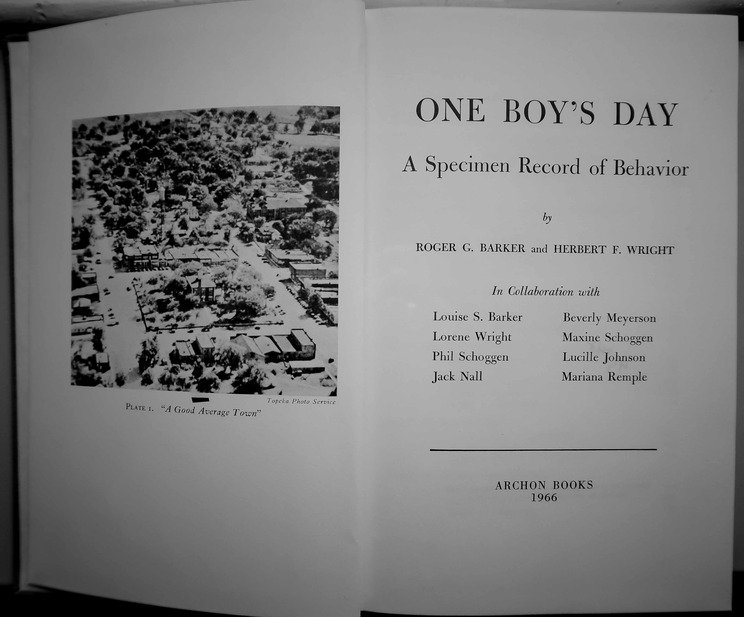
Every interaction, every activity, every stimulus – be it playing with friends, eating meals, or even wandering the streets – was documented. The aim? To better understand the nature of human behavior in its most natural settings.
Raymond’s experience of his small town boiled down in large part to how he could put the town’s environment to good use:
- Sidewalks and streets invited Raymond to walk and run, facilitating his movement and exploration throughout the town.
- Shopfront windows attracted his curiosity, sometime enticing him to explore inside
- Benches in the park offered Raymond a chance to sit, climb, observe, or engage in conversations with friends
- Bushes were good for hiding behind
- Trees invited climbing and swinging
- Steps and ledges were good for jumping and climbing on
- His garage roof was also good for climbing and sliding
Through these everyday interactions, Raymond’s experiences illustrated the ways in which a town’s design and features can afford its residents various activities and experiences. Barker’s detailed observation of such interactions in “One Boy’s Day” highlighted the profound influence of environment on human behavior.
I’ve observed how much adults follow much the same habits as they explore their urban environments. Although they’re not as fun to photograph, as we go about our day, we’re unconsciously finding all the ways that our environment affords us function and value.
I’ve also observed how often our urban environments disappoint: when a downtown falls short in offering detailed and rich environments, we lose interest, we stop exploring, and we go home.
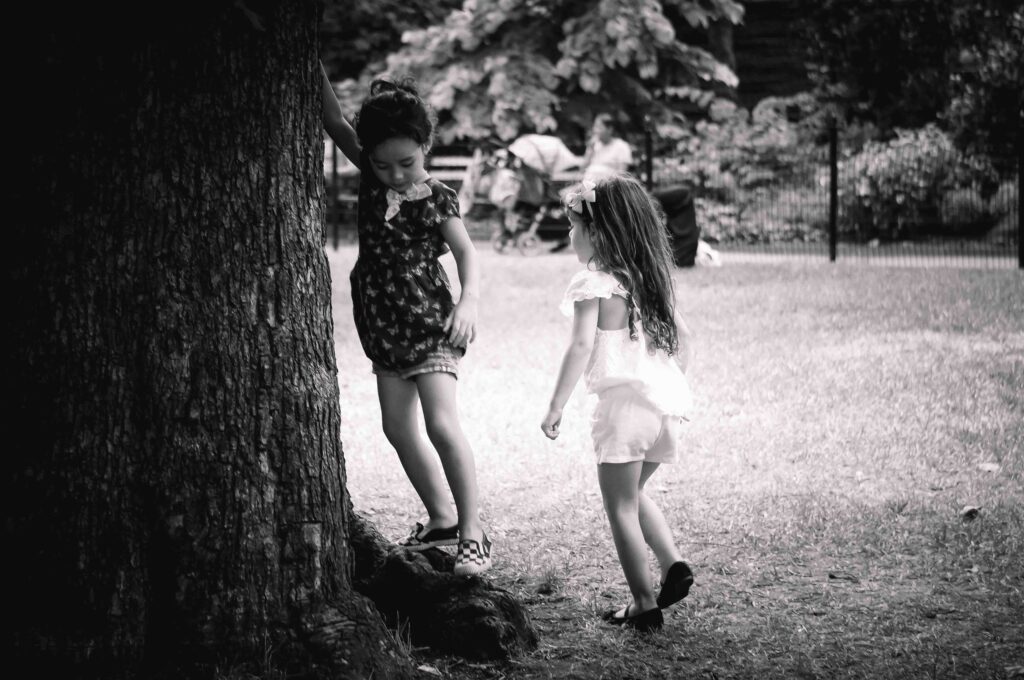
The Environment as a Dynamic Entity
Barker stressed that behavior is not just influenced by the environment; it is intricately woven with it. Thus, people and their environments co-define each other. The minutiae of “One Boy’s Day” demonstrate how the young boy’s behavior is intrinsically linked to his surroundings, both shaping and being shaped by them.
The environment is not a passive backdrop but an active participant. The town in “One Boy’s Day” isn’t just a location, but rather plays an active role in shaping and being shaped by Raymond’s behavior.
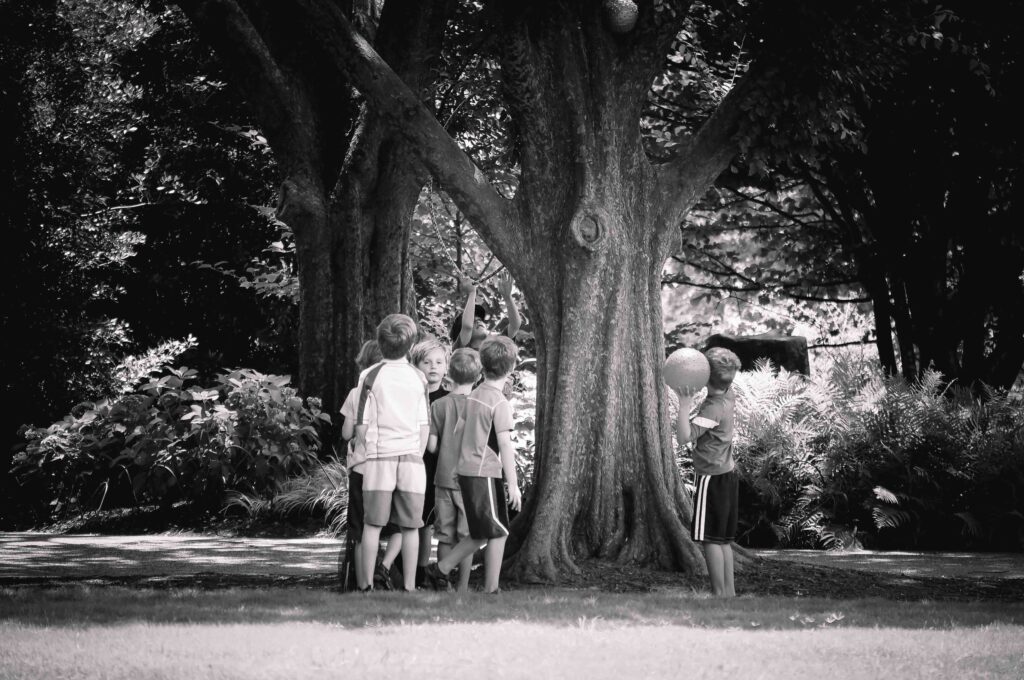
Influencing Future Research
The depth of observation in “One Boy’s Day” set a standard for qualitative research. It prompted scholars to ask: How do our environments, both built and social, shape our behaviors and experiences? How do we, in turn, shape these environments?
This profound understanding paved the way for James Gibson’s Theory of Affordances. The term ‘affordance’ refers to the potential actions that objects or environments provide to an observer. For example, a chair affords sitting, a knob affords turning, and a path affords walking. In “One Boy’s Day”, we see countless examples of affordances that shape Raymond’s day. The sidewalks invite exploration, the playground equipment prompts play, and the spaces between buildings offer mystery and curiosity.
This, in turn, led directly to advances in industrial design, User Experience (UX) Design and User Interface (UI) design. As technology became an ever-present part of our environment, researchers began to analyze the affordances of digital tools, interfaces, and online spaces. If you’ve noticed that websites and digital devices have become more and more user-friendly over the years, it’s in large part thanks to designers who are employing the theory of affordances and we can trace even these trends back to One Boy’s Day.
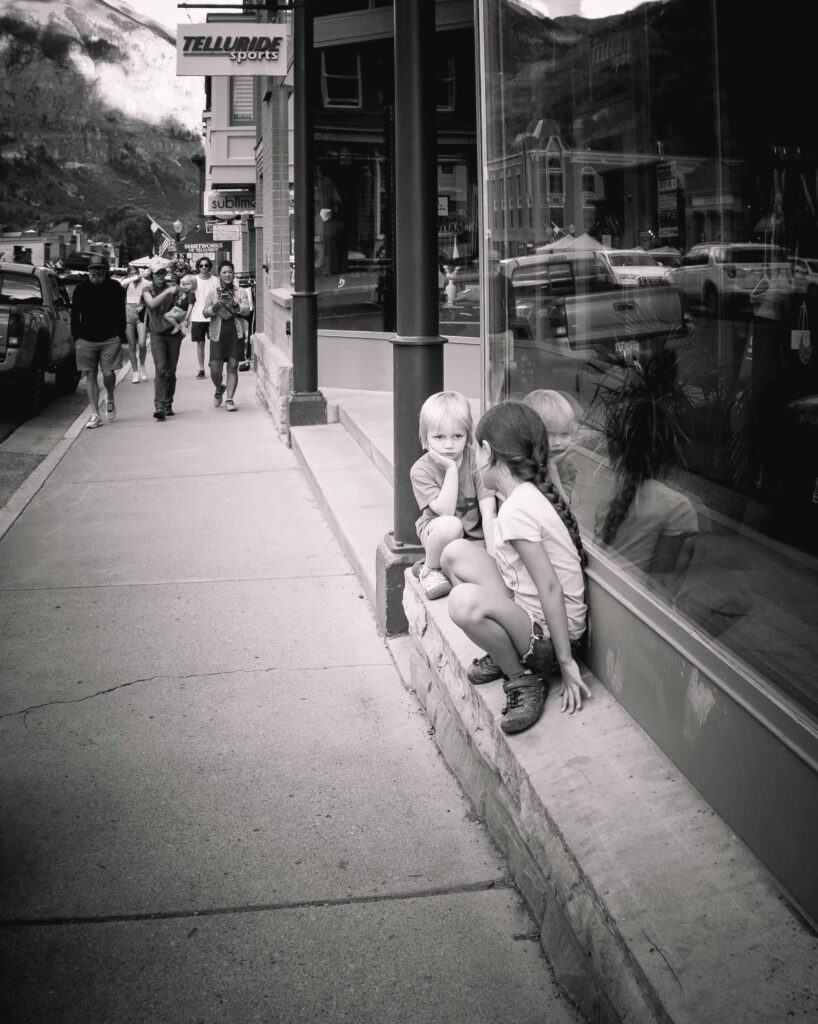
What have we learned as Urban Planners and Designers?
Does urban planning and design truly harness the depths of the Theory of Affordances and Roger Barker’s Eco-Behavioral principles? While numerous planners and designers have delved into the intricacies of physical environments, recognizing their potential to either foster or obstruct myriad activities ranging from intimate social interactions to the broader scope of mobility, we remain behind the curve compared to our counterparts in the digital world. User experience design has by and large not been adopted by those who design cities. The few who did, namely William Whyte and Jan Gehl, belong to a previous generation. Although their influence is still immense, I wonder how many of their fans are aware of the theoretical underpinnings and the related fields that have tapped those ideas with such success.
There are countless urban developments where the deep understanding of affordances and eco-behavioral principles remains underutilized. Sprawling cities with car-centric designs, public spaces that discourage interaction, and buildings that seem detached from their human inhabitants indicate the chasm between theoretical understanding and its practical application.
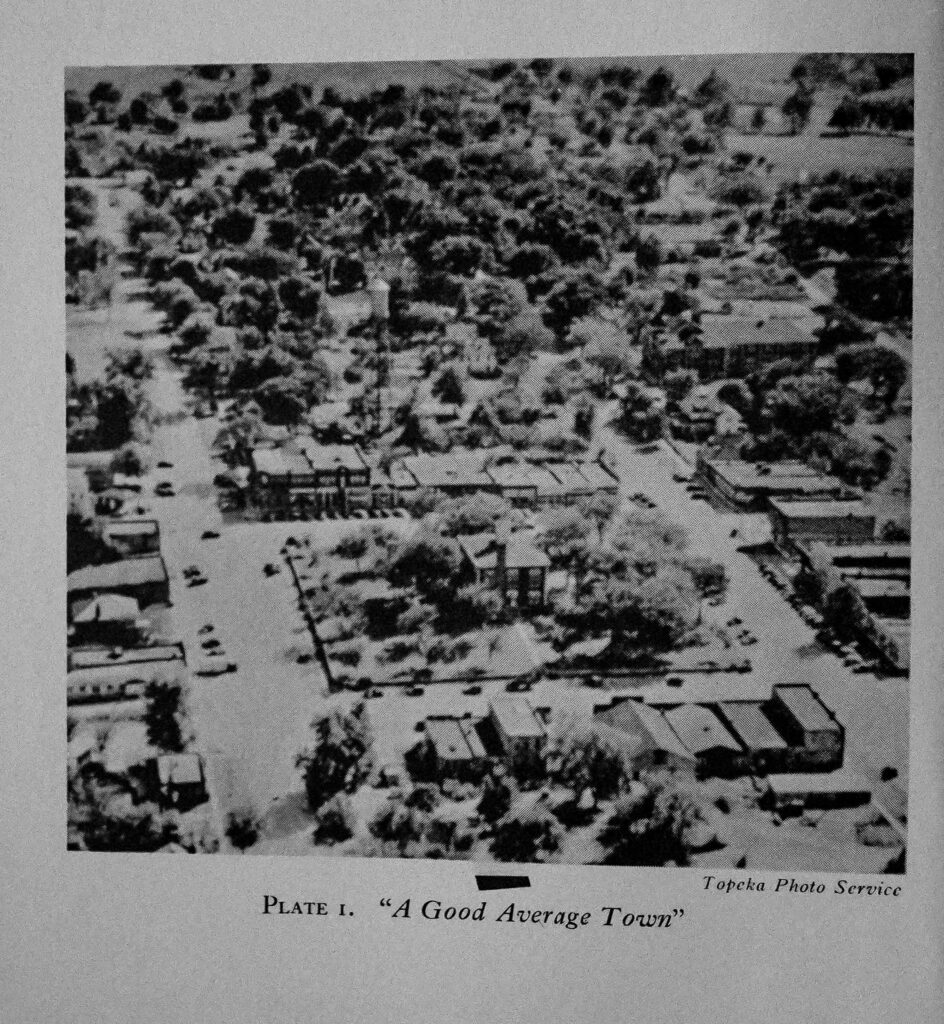
As cities grapple with challenges ranging from population growth to climate change, there’s a pressing need to bridge this gap. Understanding and implementing the nuances of affordances and eco-behavioral science can lead to urban spaces that are not just functional, but also resonate with the innate needs and behaviors of their inhabitants.
Placemaking and Urban Development
In conclusion, while a few luminaries have incorporated the profound insights of affordance theory and Barker’s principles, the journey to holistic integration is ongoing. Cities, towns and suburbs will benefit immensely if these ideas transition over from the academic realm to practice. Placemaking is helping to build the bridge between environmental psychology and urban design, but few placemakers understand their deep theoretical heritage. I am extremely fortunate to be working alongside some truly great designers to help bring the power of these ideas into our built environments. Thanks to my partners and clients in all my projects who have open minds and are intellectually curious!

